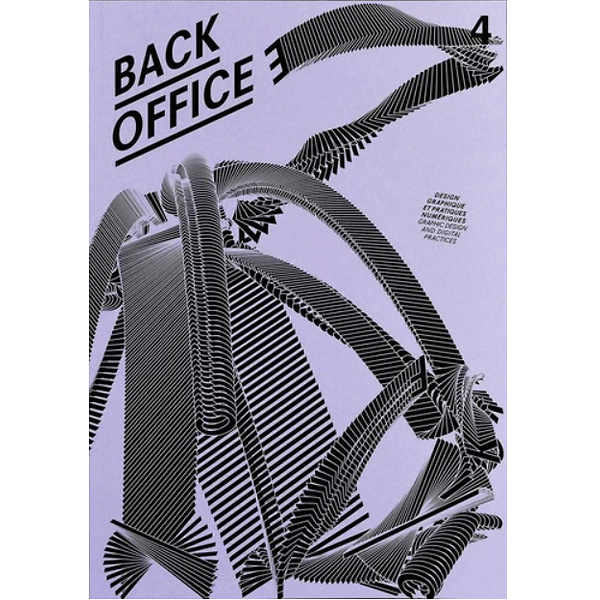Description
Back Office is an annual magazine dedicated to graphic design and digital practices, co-published by Editions B42 and Fork Editions. It explores the creative processes at play in the diversity of contemporary media and digital practices. By dealing with themes such as the relationship between code and form, the stakes of creation tools or the permeability of media, it constitutes a space for new reflection in these fields. Bilingual French/English, Back Office is conceived as an interface for the reception of a predominantly Anglo-Saxon digital culture in the French-speaking world, through commissions to foreign authors and unpublished translations. This fourth issue returns to the concept of movement applied to the digital domain. From the appearance of the animated GIF, through the evolution of television credits and the mutations of animation software such as After Effects, this new issue of Back Office proposes an analysis of the process of constitution of the moving image and questions its place in the digital world. How does movement constitute a new language? How are typographers trying to adapt to this new paradigm? And how can we understand this new balance between still and moving images? Through seven articles and interviews, this fourth issue attempts to answer these questions and continues its exploration of the links between digital practices and graphic design.
Product information
- Dimensions
- 19,6 cm × 28,1 cm × 1,0 cm
- Number of Pages
- 144
- EAN
- 9782490077519

